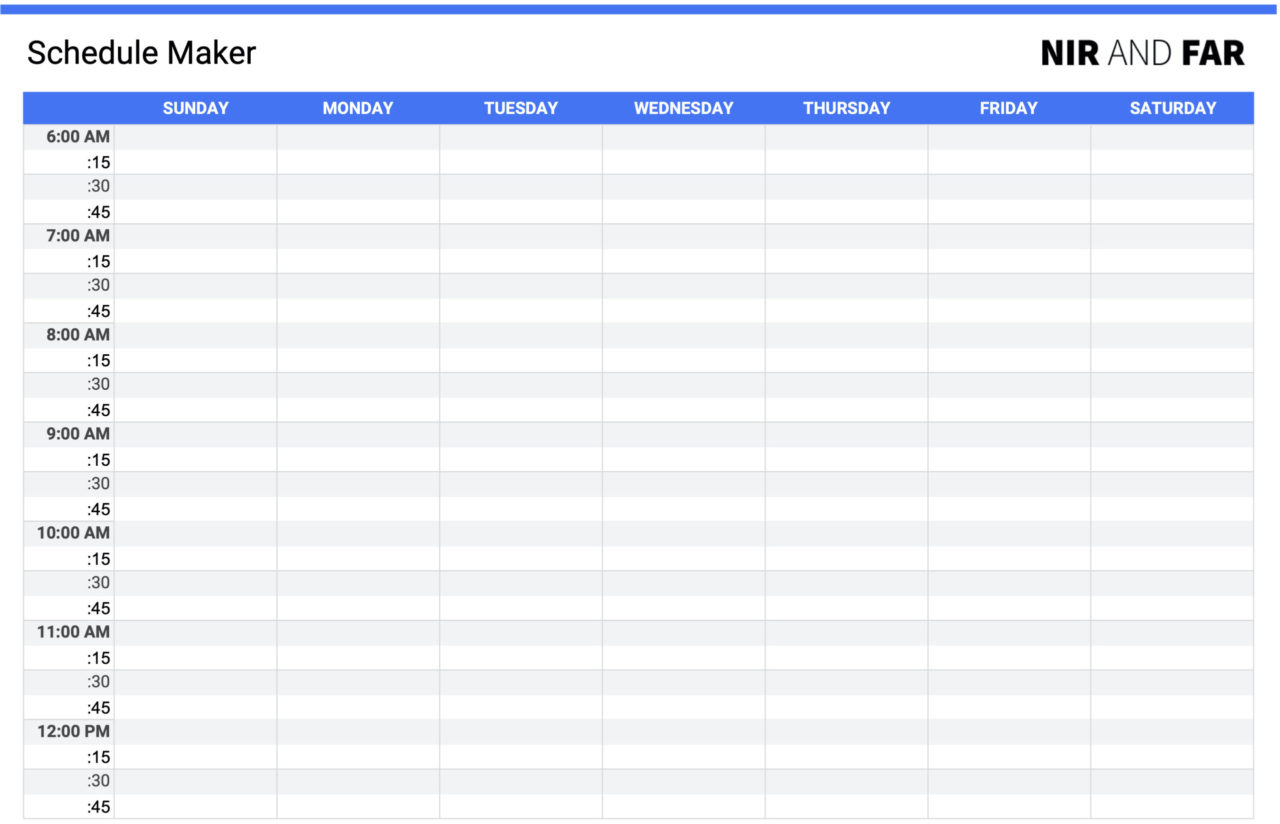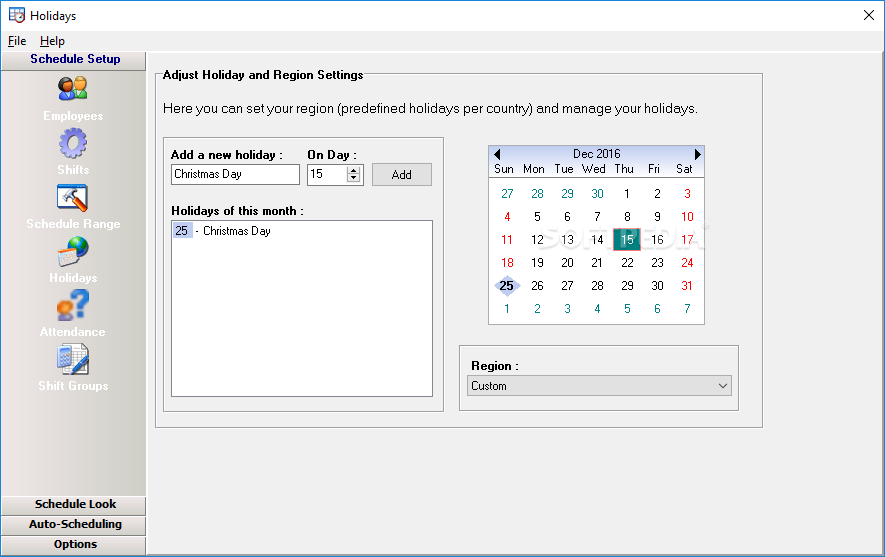

This period is part of regular school hours: If checked, PowerSchool SMS includes this period in instructional minutes calculations as regular school hours. You cannot change this option if the period is part of a meeting pattern and attendance has been taken for a class using that meeting pattern Include in instructional/attendance minutes calculations: If checked, PowerSchool SMS includes this period in instructional or attendance minutes calculations. If checked, this period is available for use in attendance calculation rules.
Bell schedule creator code#
Include in daily attendance code calculation rules: This option only applies if attendance is taken by class. Use for classes: If checked, this period is available for use in meeting patterns. Print on Schedules: When checked, PowerSchool SMS displays this period on student or teacher schedules. Period Label (short code): A short code for the period. The start time can be after the preceding period's end time. To delete a period, select the period and from the Actions menu, select Delete Period.Īdjust the characteristics of each period: select the period and from the Actions menu, select Edit Period or in the Details column click the icon. To add a period, from the Actions menu, select Add Period. įor Scheduling Group, select the scheduling group with which you want to work.įor Day, select the day you want to set up. Scheduling Group: The group to which this bell schedule applies.ĭay: The day in the day pattern to which the periods apply.ĭetails: Hold the cursor over the icon to view a summary of this period. If more than one scheduling group is defined (for example, to support exception days), the bell schedule must be the same in both scheduling groups, that is, the period codes and period start and end times must be the same. Also, each day in the day pattern can have a maximum of 42 periods and those periods cannot overlap. Periods within one day can have different amounts of instructional minutes. For example, if on Monday, period 1 had 50 instructional minutes, period 1 must have 50 instructional minutes for every other day in the day pattern. Note: To support data mapping, every day in a day pattern must have the same bell schedule/period structure, including the same periods and the same number of instructional minutes in periods with the same code. After you set up periods for all days in the day pattern, you can copy the entire bell schedule to other scheduling groups. Once you have set up the periods for a particular day, you can copy those periods to other days in the bell schedule. You set up a bell schedule by adding periods to each day of a day pattern. You can define a different schedule of periods for each day in a day pattern. For example, a school can have one bell schedule for the "Homerooms" scheduling group and a different bell schedule for the "Classes" scheduling group. A School Administrator sets up one bell schedule for each scheduling group. and secondary school scheduling.]Ī bell schedule specifies the start time and duration of one or more instructional periods on each day of a day pattern.

| Scheduling > Set up a schedule structure > Setting up bell schedules Setting up bell schedules


 0 kommentar(er)
0 kommentar(er)
